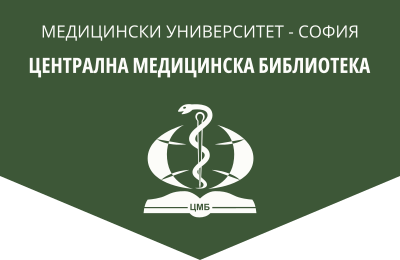Cutibacterium acnes – member of human microbiome or causing agent of opportunistic infections and chronic diseases
Medical Review (Med. pregled), 2024, 60(2), 36-41.
G. R. Dimitrov, R. Markovska, L. Boyanova
Department of Medical Microbiology, Medical University – Sofia
Abstract. Cutibacterium acnes is a Gram-positive, non-spore-forming, anaerobic to microaerophilic bacterium. It is found in many organs and systems as part of the human microbiome, but is most commonly isolated from the skin. In healthy skin, it has functions that prevent the attachment of pathogenic microorganisms and promote the development of commensals, but in the presence of predisposing causes it can cause various diseases such as acne, rosacea, atopic dermatitis, as well as endocarditis, infectious arthritis, osteomyelitis, colonization of artificial joints etc. Various pathogenicity and virulence factors play a role in this. In the present article, we presented an overview of the diseases that C. acnes can cause and the main pathogenicity and virulence factors. In addition, we added our own data on the susceptibility of C. acnes isolates.
Key words: Cutibacterium acnes, opportunistic bacteria, biofilm, acne vulgaris
Address for correspondence: Prof. Rumyana Markovska, MD, PhD, e-mail: markovska73@abv.bg
